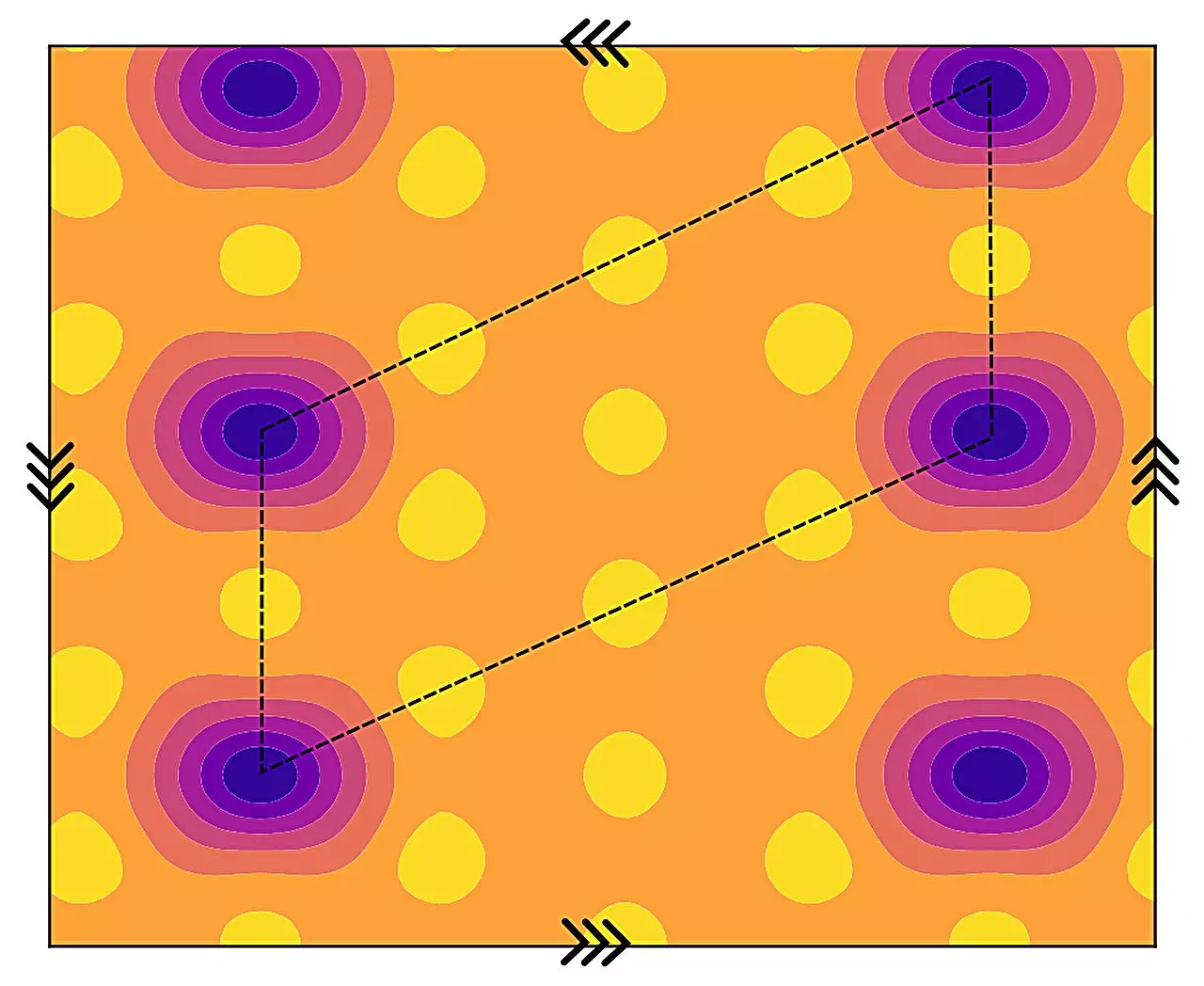Moiré superlattices represent a fascinating intersection of materials science and quantum physics, forming intricate patterns when two layers of two-dimensional materials are slightly misaligned. These structures have emerged as a rich canvas for discovering novel physical phenomena and exotic phases of matter. The subtle twist between the layers instigates emergent properties that cannot be observed in their constituent materials separately, captivating researchers and pushing the boundaries of our understanding of condensed matter physics.
As scholars continue to probe these complex systems, a recent study conducted by interdisciplinary teams from California State University Northridge, Stockholm University, and the Massachusetts Institute of Technology (MIT) has made a significant breakthrough. This collaboration has posited the existence of a new quantum anomalous state of matter within the fractionally filled moiré superlattice bands, particularly within the context of twisted semiconductor bilayers like MoTe2. The notion that simple mechanical alterations at the atomic level can lead to groundbreaking states of matter is a testament to the intricacy and beauty of the quantum world.
The intrinsic properties of electrons are inherently complex, often described through two lenses: their particle-like nature and wave-like behavior. The work of researchers, including Liang Fu, underscores that this duality is crucial in understanding the behavior of moiré materials. Their exploration of how these characteristics interplay has led to predictions of unique quantum states that had previously eluded detection.
The conception of a topological electron crystal in these areas is groundbreaking. The research team, comprising Fu and collaborators, embarked on an endeavor aimed not only at identifying new quantum phases but also at framing how these phases interact within the moiré superlattice system. Their findings indicate that previously held paradigms of electron behavior could be challenged and redefined through the lens of moiré patterns and the interactions they create.
What distinguishes this newly predicted phase is its intricate combination of several physical properties—namely ferromagnetism, charge order, and topology. Typically, these characteristics are considered competitive; when one is present, the others are often suppressed. However, the researchers argue that within moiré superlattices, a harmonious coexistence of these traits can arise, presenting a unique opportunity for experimental verification.
Co-author Emil J. Bergholtz articulates this point effectively, noting that the strong Coulomb interactions inherent in these systems fuel the emergence of this state. The research indicates that without these interactions, the properties of the system would mirror those of a conventional metal. Nevertheless, the topological aspects remain resolute, with non-interacting fermions behaving as a Chern insulator—thus capturing the realism of the newly theorized systems.
The researchers grounded their predictions in robust numerical simulations and theoretical models derived from prior studies on twisted bilayer semiconductors. Their work not only advances theoretical physics but also serves as a navigational tool for future experiments aiming to discern and characterize these exotic quantum states. Ahmed Abouelkomsan, another key author of the paper, highlights the implications of their findings for real-world applications, suggesting that this new phase is set against a backdrop of competing quantum states, further enriching the complexity of this field.
This investigation is timely, especially as experimental techniques have begun to capture signatures of related phenomena in existing twisted bilayer systems—most notably a quantum anomalous Hall crystal observed in layered graphene configurations. The implications of these findings extend beyond mere academic interest; they promise advancements in quantum computing and materials designed for advanced applications, leveraging the exotic characteristics enabled by these quantum states.
As this emerging field continues to develop, several theoretical questions are raised about the interactions of various quantum states and the potential applications arising from these discoveries. For instance, the competition between newly discovered states versus traditional models like the composite Fermi liquid phase remains a tantalizing puzzle for theorists.
The researchers, under the guidance of Fu, Sheng, and their peers, plan to delve deeper into these questions, pushing toward uncovering yet more exotic states within moiré superlattices. The hypothesis surrounding integer Chern insulator crystals under fractional moiré band filling sheds light on the underlying mechanisms at play, paving the way for further exploration. Each revelation holds not only intrinsic scientific value but also a promise of practical applications that may one day transform technology as we understand it today.
In summation, the ongoing exploration of moiré superlattices represents an exhilarating frontier in condensed matter physics, where each layer adds depth to our understanding of matter and its complex behaviors. With researchers tirelessly pushing the envelope, the future of quantum materials looks increasingly promising.


Leave a Reply